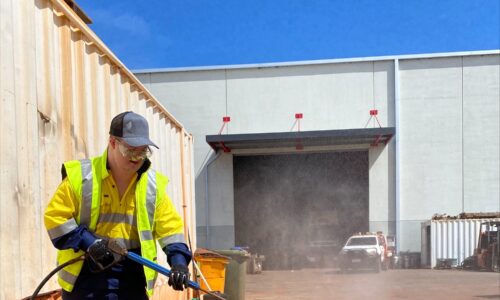Keeping up with the times
Always doing what we’ve always done is simply not an option anymore, according to Ranger Drilling Services Managing Director Matt Izett.
In an environment that continues to assess and reassess safety and productivity issues, Ranger Drilling has built a business on reviewing and revising its service model in accordance with mining best practice.
The company recently introduced even time rosters to improve standards for staff and employers. It is an example of why Ranger Drilling Services is leading the way in growing, rewarding and retaining its team of quality drillers.
Matt believes it is simply a case of keeping up with the times, reviewing the working model and taking accountability for best practice systems.
“Having been in the drilling industry for almost two decades, I’ve seen a lot of change and fully appreciate how important my work practices are to my employer,” he said.
“Drilling is an expertise and an extremely important part of the mining mix. To me, it’s critically important to remain hands-on, think outside the square and stay on top of health and safety issues.”
Matt and his wife, Julie, established Ranger Drilling Services in early 2005 when a rig became available in Perth.
Having overcome the challenge of securing their first client in order to secure the drill rig, “Ranger One”, they started working in an isolated location some 320km from Kalgoorlie.
As demand for the company’s services increased, so did their requirement for quality drill rigs. In 2006, “Ranger Two” was built and the company started doing double shifts to keep up with the workload.
It was so busy that the company seemed to grow from four to fourteen staff overnight. However, as the company continued to build new drill rigs and win more contracts, it turned its attention to the Pilbara and, at this point Matt pulled back to review the system and consider how he could make it more workable.
“Over the years, the drilling industry had become a young person’s game because the older, more experienced, drillers wanted more than a ‘quick buck’. They had become family focused and wanted job security – something the conventional drilling practices didn’t offer. The industry was losing its most experienced drillers because the system couldn’t accommodate them,” Matt said.
“In addition, long stints and short breaks, combined with inexperienced staff, increased a need for address fatigue management issues. ‘The more drilled, the more they earned’ is, in anyone’s books, a potential for injuries and something had to shift.”

